The second major storm to hit Germany in days brought extreme gale-force winds on Friday, causing injuries and property damage and killing at least two in the EU country, according to authorities.
At least 7 other people were reported dead in other parts of Europe, bringing the total number of victims to nine.
Storm Zeynep, known outside of Germany as storm Eunice, affected several countries in Europe, including the UK, the Netherlands, France and Denmark.
The German Weather Service (DWD) lifted all gale-force wind warnings for the country on Saturday morning, but still warned there could be high winds.
Where in Germany did the storm hit?
The strongest winds of 145.8 kilometers per hour (around 90.6 mph) were measured at the Brocken in the Harz mountains on Friday, according to a spokesperson for the German Weather Service (DWD). Similar high speeds of 143.3 kilometers per hour were measured at the North Sea coast in Büsum.
Other parts of the country, including Feldberg in the Black Forest (137.5) and the Grosser Arber in Bavaria (130.7) also recorded gale-force winds.
By Friday evening, two people had died in Germany’s western state of North Rhine-Westphalia. The two died in separate car accidents believed to be caused by the wind, authorities said.
The storm hit northern parts of the country early Saturday. The North Sea German island of Wangerooge lost about
90% of its bathing beach during the night.
On the mainland, parts of the states of Schleswig-Holstein, Hamburg, Mecklenburg-Western Pomerania, Bremen, Lower Saxony, Saxony-Anhalt, Brandenburg, Berlin, North Rhine-Westphalia, Hesse, Thuringia and Saxony were affected.
Germany’s national train operator Deutsche Bahn halted long-distance and regional services in the north of the country earlier Friday due to the storm.
The stoppage of regional services affected Schleswig-Holstein, Hamburg, Lower Saxony and Bremen, as well as parts of North Rhine-Westphalia.
England experiences ‘record gust’
Eunice caused considerable damage and disruption across southern parts of the British Isles.
The storm triggered a rare “red warning,” indicating danger of life in some areas, including London — the first time such an alert has been given for the capital since the warning system was introduced in 2011.
The accounting firm PwC on Friday said it estimates the storm would likely cause insurance losses of as much as 200 to 350 million pounds ($272-$476 million, €240-€420.3 million) in property damage, business and travel disruption in the UK.
One death was reported in Ireland, with a man suffering fatal injuries after being hit by a falling tree while clearing debris from the storm, according to national broadcaster RTE.
The island of Great Britain was badly hit after Eunice made landfall in Cornwall, with widespread damage reported in both England and Wales.
More than 100,000 people in Wales were hit by power cuts as lines were torn down and trees fell.
In London, the domed roof of the O2 Arena, a prestigious music venue, was severely damaged by high winds.
Train services in the south of England were also disrupted or canceled, and several landings at Heathrow Airport were aborted because of the high winds.
The British Coastguard on Friday urged individuals to refrain from heading to the coast to take selfies in dangerous weather. “A dramatic photograph or selfie is not worth risking your life for, and those who are going to the coast to take pictures are also putting our teams at risk,” Ben Hambling, the coastguard tactical commander said in a statement.
Hambling said the coastguard received multiple reports of individuals, some with children, doing just that: “The reports we are receiving are absolutely terrifying. In these conditions all it takes is one wave. We are urging people in the strongest possible terms to stay away from the coast.”
The Met Office said the Isle of Wight registered a gust of 196 km per hour, a provisional record for the strongest ever recorded in England.
Meteorologist Peter Inness of the University of Reading in England attributed the storms to an unusually strong jet stream over the eastern Atlantic Ocean. Inness said such high-altitude winds could reach up to nearly 321 kilometers per hour.
“A strong jet stream like this can act like a production line for storms, generating a new storm every day or two,” he said. “There have been many occasions in the recent past when two or more damaging storms have passed across the UK and other parts of Europe in the space of a few days.”
Other parts of Europe face extreme weather
The French weather service had issued a severe weather warning for five departments in the north in anticipation of the arrival of Eunice. Railroads suspended regional traffic in the northernmost Hauts-de-France region and in Normandy from midday on Friday.
In the Netherlands, the most severe level of weather alert, code red, was called for in large parts of the country, particularly for coastal areas.
Train traffic was also stopped, and schools closed in many areas.
Amsterdam’s Schiphol airport announced cancellations and delays, with national carrier KLM canceling almost 170 flights to the air traffic hub because of the storm.
In Belgium, high winds knocked over a construction crane, sending it crashing through the roof of a hospital in the town of Tournai. There were no immediate reports of deaths, though local media said there had been injuries.
And in Denmark, strong winds prompted authorities to ban light vehicles from crossing the Storebaelt tunnel and bridge that links the central island of Funen to Zealand, home to the capital, Copenhagen.
A week of storms
Zeynep comes on the heels of storm Ylenia, known as Dudley in international nomenclature, which caused at least three deaths and considerable disruption to transport in some regions of Germany from Wednesday evening into Thursday.
Two of the fatalities occurred when falling trees crushed cars, and another driver was killed when his trailer was blown onto the wrong side of the road, causing an accident. The deaths took place in the states of Lower Saxony and Saxony-Anhalt.
Berlin firefighters alone were called out some 1,300 times up to Thursday evening.
Germany gives its own names to storms and high-pressure systems, with normal citizens able to choose names for such weather events for a fee.
see, js, tj, rc/fb (dpa, AFP)
Storm Zeynep: Strong winds hit Germany days after Ylenia
Source: Pinoy Pop News
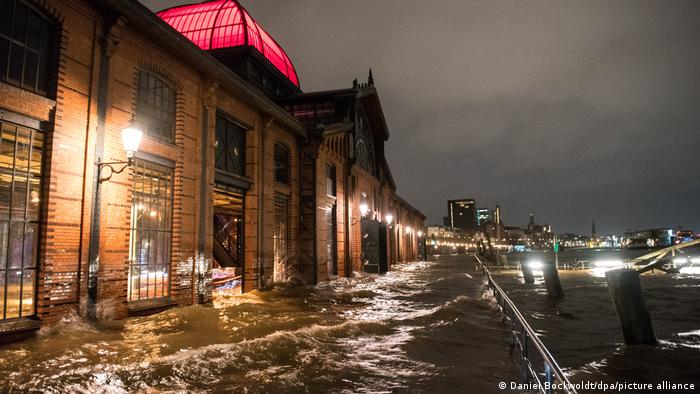

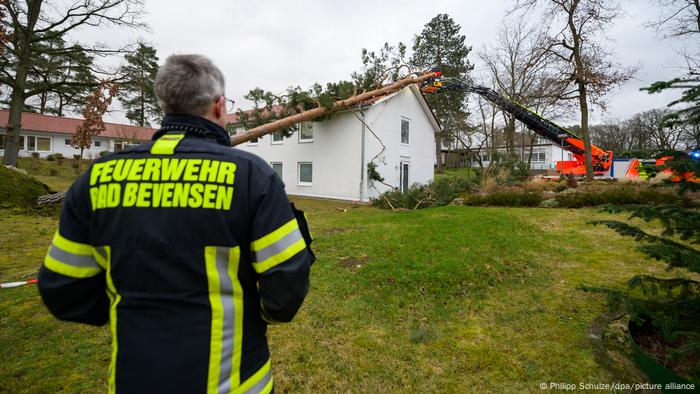
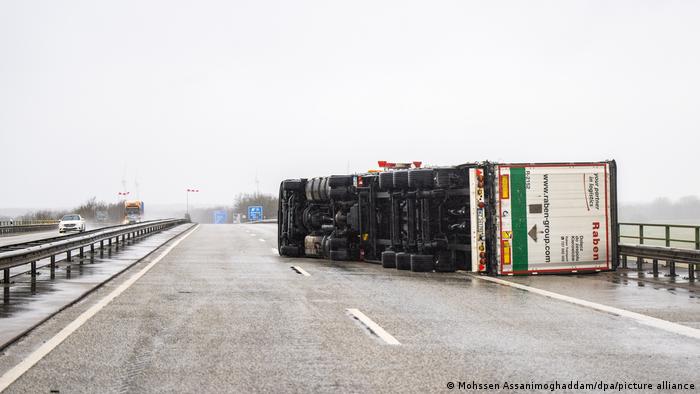
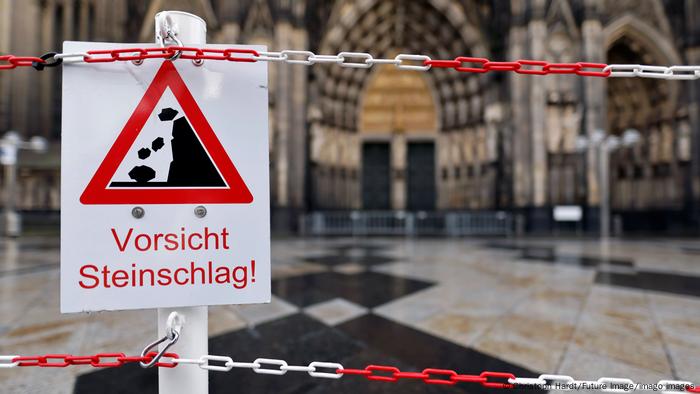
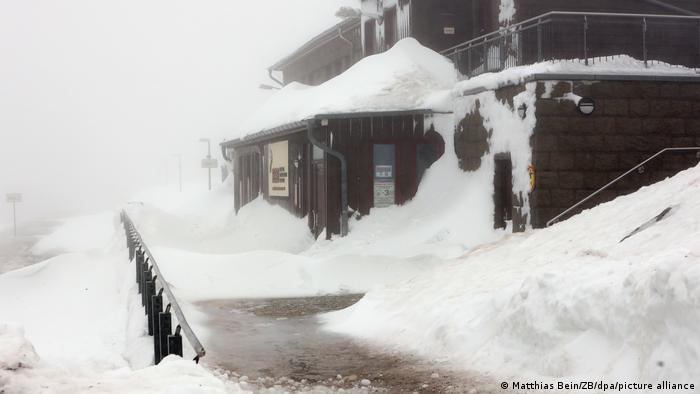


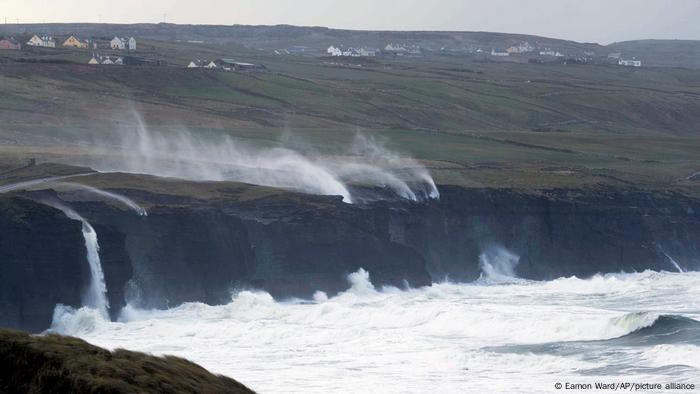
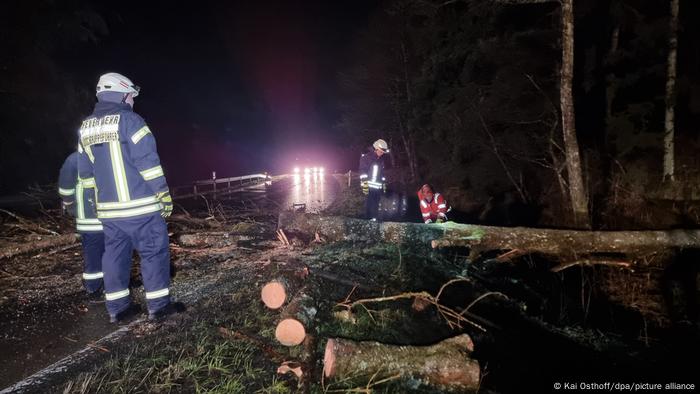
0 Comments